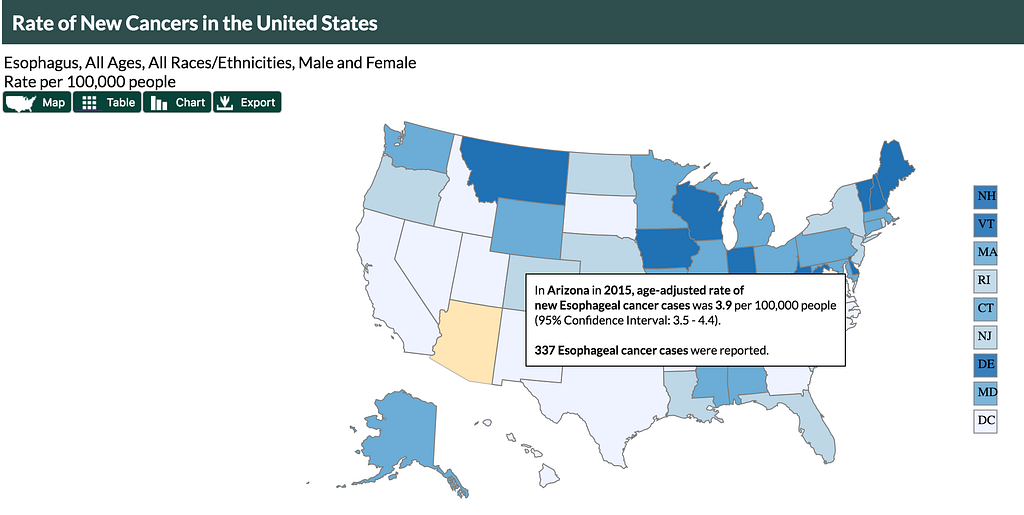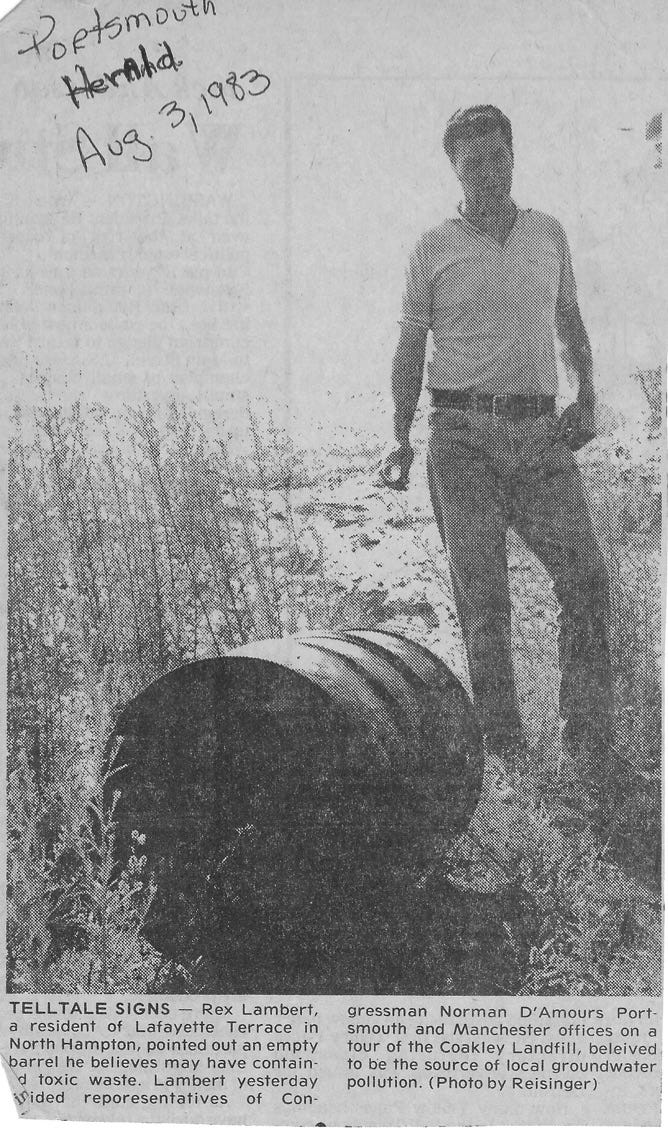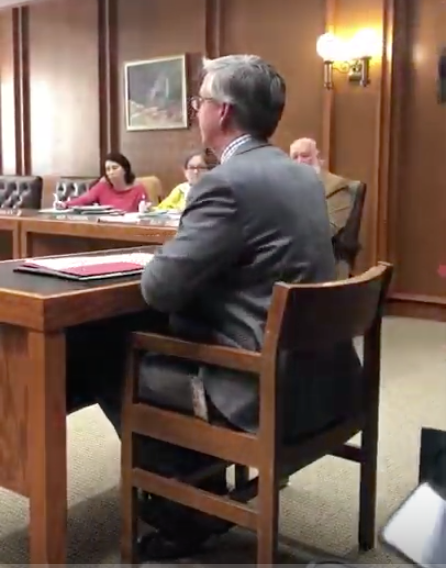
It has been 3 years since the state DHHS confirmed the existence of a double cancer cluster. The cancer cluster means that children in our Seacoast community are contracting and dying of cancer at higher rates than they should. Since then, I’ve learned that NH has the highest in the nation rates of pediatric, bladder, breast and esophageal cancer.


I started work on the Governor’s Task Force to Investigate the Seacoast Cancer Cluster in early 2016. At first, I didn’t think Coakley Landfill Superfund dump was an issue. But the more I learned, asked questions, and started pushing, the more we got push back. I went through 15 boxes of files at the state DES offices, all the public repository documents and realized that records of what ended up in that dump were severely inadequate — poisonous chemicals, oil-contaminated soil and sediment, and a 50-foot-thick blanket of ash from a waste to energy program at Pease Air Force Base on top covered by a cap with no liner underneath the dump to contain the toxins. I publicly spoke about the threat the dump poses to water systems of 5 seacoast towns since everyone knows water flows downhill in all directions from a high point. Yet, every time I said it in public meetings I was interrupted and criticized by EPA officials.

In October of 2018, at the start of a meeting in Concord for the Commission to Investigate the Seacoast Cancer Cluster, a colleague noted that an EPA correspondence given at the start of the meeting said “as directed by USEPA, includes the installation of new deep bedrock wells, and the geophysical surveying and sampling of new and existing bedrock wells located in all directions from the Site, including to the south and east.” He said, “isn’t that what you have been saying for years?”
On February 13, 2019, EPA issued a community update which details results of testing done at the site which shows that toxins have migrated to the west and northwest of the site beyond Berry’s Brook. The toxins were detected in water samples collected from fractures in the bedrock wells at depths ranging from 66 to 231 feet below ground.
About a year ago, Mike Deyling of CES, Inc. told the City of Portsmouth that there was a [imaginary] subsurface block to flow beyond Berry’s Brook. A groundwater model created by scientists from the US Geological Survey told us this was the case but again this was highly criticized by the regulators.
A few months ago, we learned that 1,4-dioxane, a known carcinogen, was detected in drinking water at a residence and a golf club both located beyond Berry’s Brook to the west/northwest so that assertion is not true. The state regulators told CLG it is their problem and they were ordered to give the two locations bottled water until a remedy could be installed. We are still waiting for similar results in North Hampton, Rye, and Hampton.
This same paid CES consultant while standing on top of the Coakley Landfill during a public walkthrough in 2016 that “if you can’t see the cancer cases from here they aren’t caused by the site.” In fact, you can see the house where Ron Demo lived as a boy from that spot on the landfill. Mr. Demo died of rhabdomyosarcoma (RMS) at the age of 42 which is rare since RMS is typically a rare childhood cancer. Incidentally, I am aware of at least two adult-onset cases of RMS in the Merrimack area. The common tie is PFAS in drinking water in both areas.
Now, after decades, we know toxins have contaminated other properties adjacent to the west and northwest of the dump. But we still don’t know the extent of the problem because only a small fraction of the residents’ wells to the northwest and west have been sampled. In fact, some residents who requested to have their wells tested were denied testing by the NHDES. First and foremost, NHDES and EPA must immediately see if people are drinking water they should not be in all areas northwest and west of the dump to the Greenland well. This site is not new and toxins have been migrating away from the site for decades — they can travel very far in bedrock fractures over decades.
In addition, an assessment of the rates of chronic disease and cancers must be conducted in the residential areas between Coakley and the Greenland Well. I am aware of several cases of adult cancer in this area.

What about the agency heads who misrepresented facts to residents and continue to oppose efforts to pass legislation that would protect our drinking water (Senate Bill 287) and thwart legislative action to re-form a commission tasked to assess ways to prevent cancer and chronic illness (HB736)?
NH can’t afford to wait for the broken EPA to come up with stricter regulations. We don’t need regulators who protect polluters, like CLG and Saint Gobain but instead we need them to protect public health to prevent cancer. Unfortunately, the heads of the New Hampshire Department of Health and Human Services and Department of Environmental Services continue to openly or behind the scenes oppose several bills this session intended to prevent cancer and determine why we have such high rates of cancer (i.e. Senate Bill 287, House Bill 494, House Bill 736 etc.) and a group of moms, including myself, continue to fight for stricter standards, so our children are not exposed to chemicals in our water that could make them sick, every step of the way.
The people of NH have to stand up and say this is not right. Please visit (www.mindi4nh.com) to learn more about what you can do.
Polluters Must Pay was originally published in Less Cancer Journal on Medium, where people are continuing the conversation by highlighting and responding to this story.

Leave A Comment
You must be logged in to post a comment.